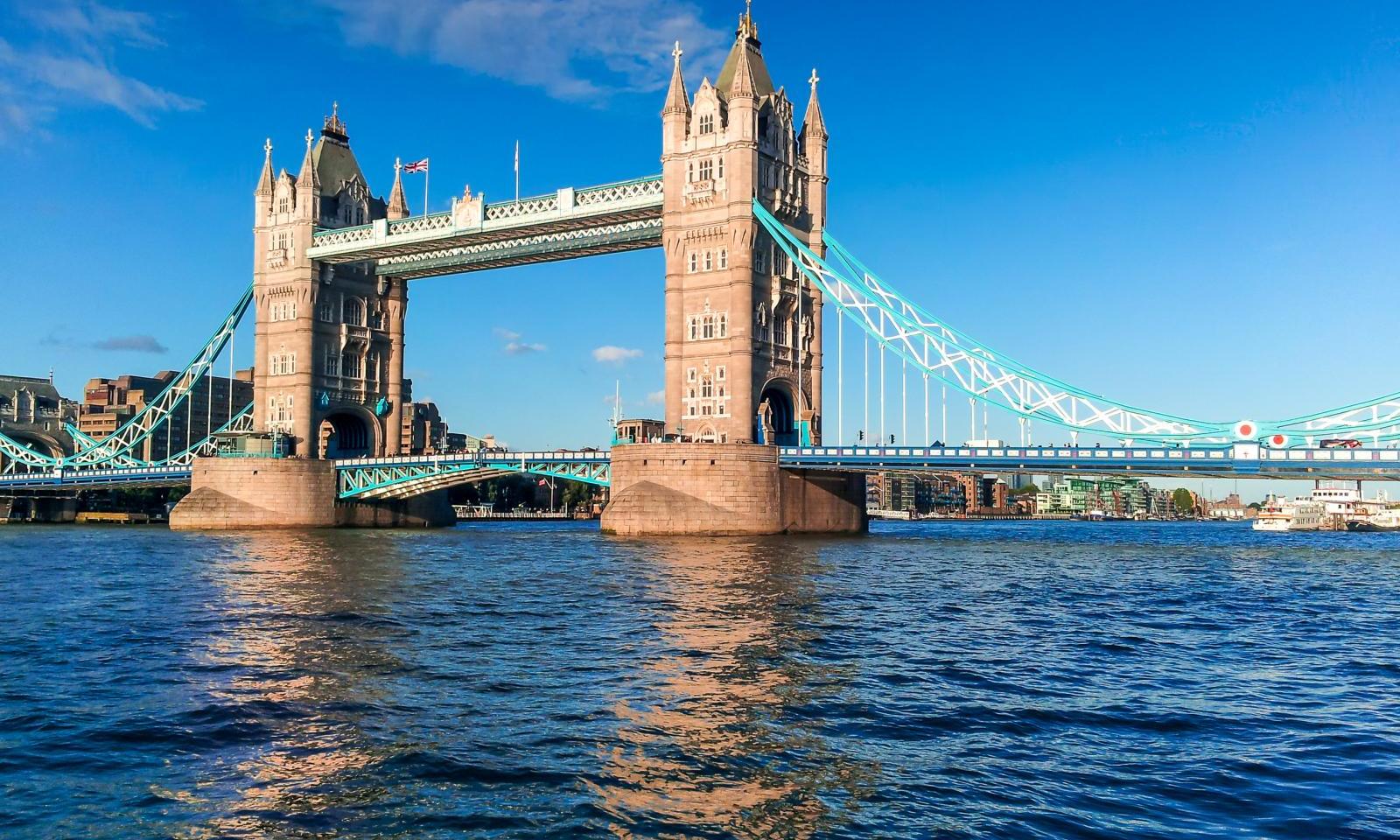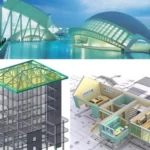Tower bridge: Construction details of London’s most renowned landmark
Tower Bridge is a world-renowned symbol of London and one of the city’s most recognizable landmarks. This bascule and suspension bridge traverses the river Thames and connects the London Boroughs of Tower Hamlets and Southwark.
Here are some of the most important structural elements of Tower Bridge:
- Bascule mechanism: Tower Bridge is a bascule bridge, which has a section that can be raised to enable ships to pass beneath it. The bascule mechanism consists of two massive counterweights that each weigh more than one thousand tons and are in the towers of the bridge.
- Suspension Bridge: In addition to the bascule mechanism, the Tower Bridge’s carriageway is supported by suspension elements. The suspension elements comprise of two main cables that are attached to hangers that sustain the roadway and are anchored to the bridge’s towers.
- Tower design:Each structure is over 200 feet tall. The towers are constructed of steel and clad in stone and brick to complement the adjacent architecture.
- Decorative features:Tower Bridge is well-known for its decorative features, which include ornamental ironwork and Gothic-style tower detailing. The bridge is also illuminated by more than 40,000 LED lights at night, making it a sight to witness.
- Construction materials:More than 11,000 tons of steel and more than 70,000 cubic yards of concrete were utilized in the construction of Tower Bridge. Steel was utilized to construct the bridge’s structures, while concrete was utilized for the bridge’s foundations and roadways.
In summary, with its bascule and suspension elements, towering steel structures, and ornamental decorative features, Tower Bridge is a remarkable achievement of engineering and design. It continues to be one of London’s most recognizable landmarks and a testament to the ingenuity and skill of its engineers and constructors.
Disclaimer: This content is provided solely for your review. Erusu Consultants takes no liability for this article. The reader is advised to form their own opinion. Please consult a structural engineer before making any final decisions.






